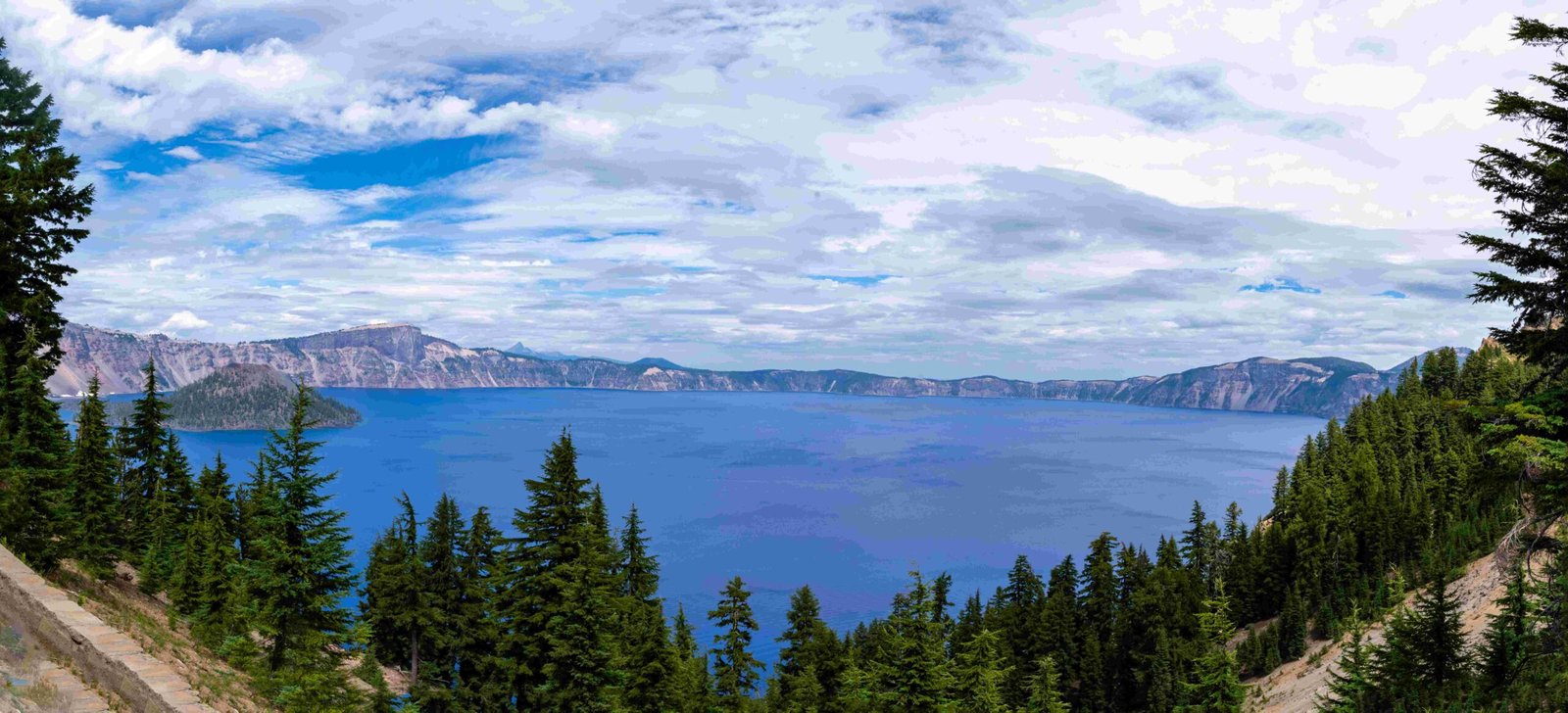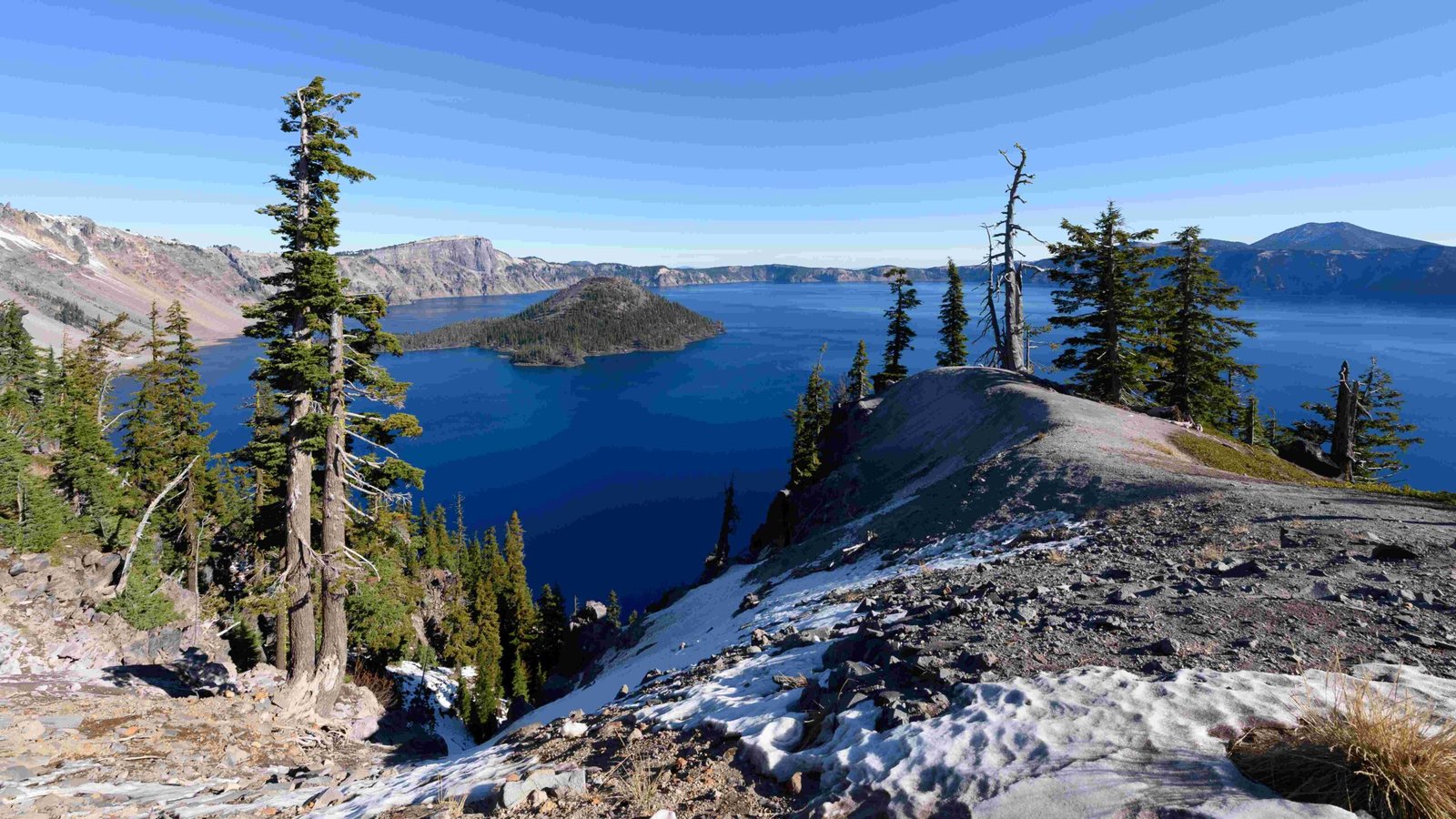Crater Lake National Park is home to a diverse array of wildlife, including a population of Rocky Mountain elk. These majestic creatures inhabit the park’s varied landscapes, from dense forests to open meadows. Visitors to the park have the opportunity to observe elk in their natural habitat, particularly during the summer and early fall months. This guide provides detailed information on the elk population in Crater Lake National Park, including their habitats, viewing opportunities, and the park’s wildlife management practices.
Where Do Elk Live in Crater Lake National Park?

Elk in Crater Lake National Park primarily inhabit the southwestern regions of the park. They prefer areas with a mix of open meadows and forested zones, which provide both grazing opportunities and shelter. The park’s diverse ecosystem, with its varying elevations and vegetation types, offers ideal habitats for elk populations.
Key habitats include:
- Open meadows rich in grasses and herbs
- Forest edges where they can quickly retreat for cover
- Lower to mid-elevation areas with abundant vegetation
Elk are adaptable and may move between different habitats based on seasonal changes and food availability.
When Is the Best Time to See Elk in the Park?

The optimal period for elk viewing in Crater Lake National Park is from mid-June to October. During these months, elk are more active and visible in the park’s open areas. Here’s a breakdown of elk activity throughout the year:
| Season | Elk Activity |
|---|---|
| Summer | Grazing in open meadows, most visible |
| Fall | Rutting season, increased activity and vocalizations |
| Winter | Less visible, may migrate to lower elevations |
| Spring | Returning to higher elevations as snow melts |
Visitors are most likely to spot elk during early morning or late evening hours when the animals are actively feeding.
How Many Elk Live in Crater Lake National Park?
Crater Lake National Park is home to approximately 150 Rocky Mountain elk. This population is part of the larger ecosystem that includes surrounding national forests and wilderness areas. The park’s elk population is relatively stable, but can fluctuate based on various environmental factors and wildlife management practices.
What Do Elk Eat in the Park?
Elk in Crater Lake National Park have a diverse diet that changes with the seasons. Their primary food sources include:
- Grasses and sedges
- Herbs and forbs
- Leaves and twigs of deciduous trees
- Bark and needles of coniferous trees
- Lichens and mosses
During summer, elk focus on grazing in open meadows, while in winter, they may resort to browsing on bark and twigs when other food sources are scarce.
How Does the Park Manage Its Elk Population?
Crater Lake National Park employs various wildlife management practices to maintain a healthy elk population while preserving the park’s ecosystem. These practices include:
- Population Monitoring: Regular surveys to track elk numbers and distribution
- Habitat Management: Maintaining natural habitats and preventing human encroachment
- Research Studies: Conducting studies on elk behavior, migration patterns, and health
- Visitor Education: Providing information on responsible wildlife viewing and conservation
The park aims to maintain a balance between elk populations and available resources, ensuring the long-term health of both the animals and their habitat.
What Should Visitors Know About Elk Safety?
While elk are generally peaceful animals, they can be dangerous if approached too closely, especially during the rutting season. Visitors should follow these safety guidelines:
- Maintain a safe distance of at least 25 yards (23 meters) from elk
- Never feed or attempt to touch elk
- Stay on designated trails and viewing areas
- Use binoculars or telephoto lenses for close-up views
- Be extra cautious during rutting season (September-October) when bulls are more aggressive
How Can Visitors Best Observe Elk in the Park?
To maximize your chances of seeing elk in Crater Lake National Park, consider these tips:
- Visit during peak season (mid-June to October)
- Explore the southwestern areas of the park
- Look for elk in open meadows and along forest edges
- Visit during early morning or late evening hours
- Drive slowly along Rim Drive and scan open areas
- Participate in ranger-led programs that may include wildlife information
Remember to practice responsible wildlife viewing and leave no trace to help preserve the park’s natural beauty and wildlife habitats.
What Other Wildlife Might Visitors See Along with Elk?
While searching for elk, visitors may encounter other wildlife species that share the park’s diverse ecosystems:
- Black bears
- Mule deer
- Porcupines
- Various bird species (e.g., Clark’s nutcrackers, gray jays)
- Small mammals (e.g., pikas, marmots)
Observing these animals in their natural habitats can provide a rich and memorable wildlife viewing experience.
Crater Lake National Park offers visitors a unique opportunity to observe elk and other wildlife in a stunning natural setting. By understanding the elk’s habits, habitat preferences, and the park’s management practices, visitors can enhance their wildlife viewing experience while contributing to the conservation of these magnificent animals.

